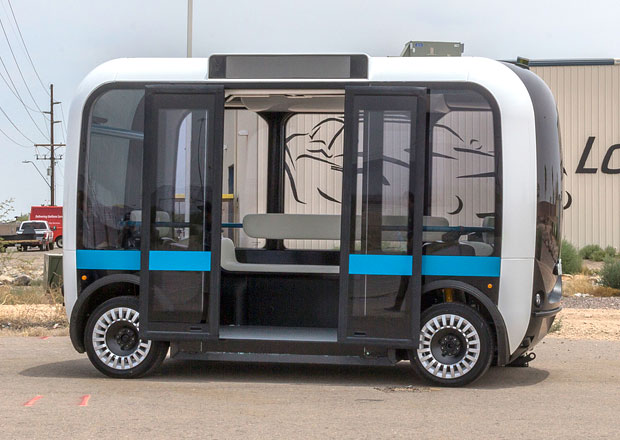They need to have a compelling reason to add highway electrification AFTER batteries are ubiquitous.
Overhead wires are cheaper than batteries. Really. You want to know why they aren't used everywhere?
Look, I spent a loooong time looking into the economics of railroads. Several of same principles apply to trucks, and they're pretty simple. If you have high volume, constant operation along a corridor, it makes sense to move the power plant *off the train* so that you don't have to move the weight around. This is true whether the power plant is fuel or batteries. If you have infrequent, sparse usage, then you can't get enough *volume* on the corridor to defray the upfront capital costs of the electric overhead wires, and that's when you want to carry the fuel or batteries on the train with you. Onboard power is a low-volume solution, offboard power is a high-volume solution.
Siemens is initially electrifying a port-to-warehouse-district route, *very* high volume. On this route, you can either haul heavy batteries back and forth all the time... or you can carry a lot less batteries around, by putting some overhead wires up. Energy efficiency.
For truly high-volume routes, trains beat trucks/buses/cars every time, and by a *lot*, because *they are trains*: they can hold more goods or people per vehicle (train vs. truck) while maintaining safe distances between vehicles and going at high speed. (And long "road trains" are impossible for reasons of physics; the jackknifing problem was solved by railways using the conical wheel, but there's no good solution other than putting it on rails.) The capital costs for a railroad track, which is a fairly precise construction, are somewhat higher than for dumping loose asphalt goo in a strip on the ground, so it's cheaper to use road vehicles if traffic volumes are low. (More importantly, railroad *junctions* are expensive compared to traffic lights and especially compared to uncontrolled road intersections, so a system where no single corridor has high traffic doesn't work well for railways.) Roads are essentially a low-density, low-capacity solution -- and they're great for that. Roads scale up *really badly*, and the economics of expressways is *really questionable*.
The main reason these port-to-warehouse routes aren't operated by trains is the diversity of warehouses at the end; the trucks follow the same corridor most of the way and then diverge for the last mile or two.
It's often worth analyzing economic situations to see where the economies of scale are and where low-volume solutions fail at high volume, but also where the upfront costs of high-volume solutions mean that they don't work for low-volume operation. It's very informative, *particularly* in transportation, but also in other areas.
I'd also point out the obvious that the trucking power pack model above is not at all incompatible with Siemens system. Trucks are only loading the packs they need for the next leg. If that leg includes an electric highway, it minimizes the number of packs needed for that leg, assuming that the tractor is fitted to use the electric highway. So this means the cost of using the electric highway power must be cheaper than using battery pack power. So if it bright and sunny at the moment then the electric highway could be cheaper.
Absolutely correct. Think about wear and tear on the batteries, however. Assuming price parity (a reasonable assumption), then for truckers who own their batteries or where the pricing makes their company responsible for battery replacement cost, the electric highway will be preferred by the truckers whenever available, to save battery lifespan.




